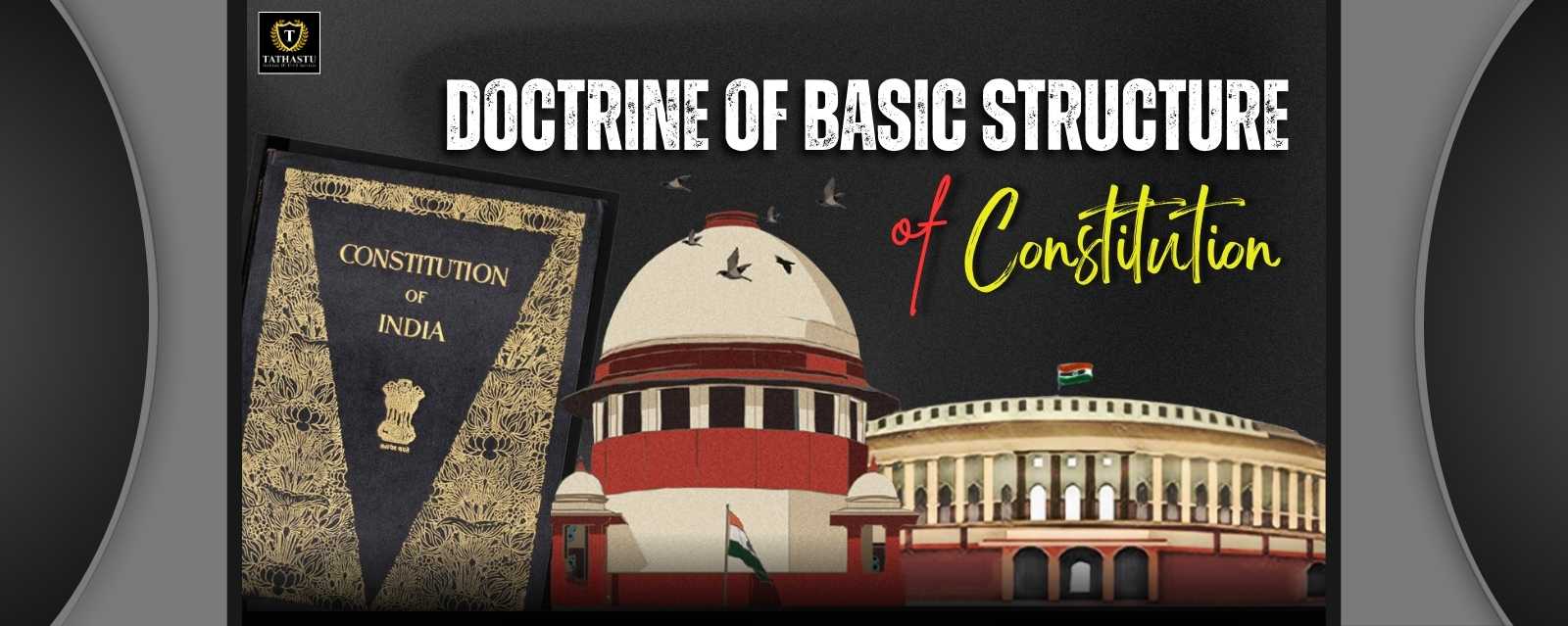What is meaning of Doctrine of Basic Structure?
- The Indian Judiciary established the “Doctrine of Basic Structure of the Constitution” to confirm that the Parliament cannot amend the important constitutional elements or provisions of the Constitution.
- Any attempt by Parliament to change or abolish these constitutional fundamental elements or principles is subject to judicial review and can be considered illegal, unconstitutional and void.
- This doctrine functions as a protective system to stop unconstitutional modifications of extreme nature to the Constitution thus guaranteeing constitutional stability and adherence to fundamental principles.
Evolution of the Doctrine of Basic Structure
- The Doctrine of the Basic Structure of the Constitution doesn’t exist explicitly in the Constitution.
- The judicial doctrine exists as a result of several key judgments of the Supreme Court, which have limited the power of Parliament to amend the constitution.
- This concept serves as an equilibrium between necessary constitutional change as per the changing needs of the society and the foundational principles which cannot be changed or altered.
- Through time, the Basic Structure Doctrine emerged as a fundamental principle of Indian constitutional law which confirms the Constitution exists as a dynamic system protecting democratic principles of the nation.
Elements of the Basic Structure of Indian Constitution
The Supreme Court has evolved the Basic Structure of the Indian Constitution through its judgments without offering a rigid definition. Through time, the Supreme Court has both identified and clarified essential components of the Basic Structure. Some of the essential components that come under the basic structure of the Indian Constitution are as follows:
- Supremacy of the Constitution
- Sovereign, Democratic, and Republican nature of the Indian Polity
- Secular Character of the Constitution
- Separation of powers between the legislature, the executive and the judiciary
- Federal character of the Constitution
- Unity and integrity of the nation
- Welfare State (socio-economic justice)
- Judicial Review
- Freedom and dignity of the individual
- Parliamentary system
- Rule of law
- Harmony and balance between Fundamental Rights and Directive Principles
- Principle of Equality
- Free and fair elections
- Independence of Judiciary
- Limited Power of Parliament to amend the Constitution
- Effective access to justice
- Principles (or essence) underlying fundamental rights
- Powers of the Supreme Court under Articles 32, 136, 141 and 142
- Powers of the High Courts under Articles 226 and 227
The Doctrine of Basic Structure of the Constitution is needed to safeguard fundamental values that the Constitution ensures through its robust jurisprudential framework. Through its far-reaching vision the Indian judiciary protects the essential elements of the Constitution by safeguarding them from unauthorized modifications. Through this doctrine the constitutional integrity remains safeguarded between dynamic and enduring elements in Indian democratic practice.
